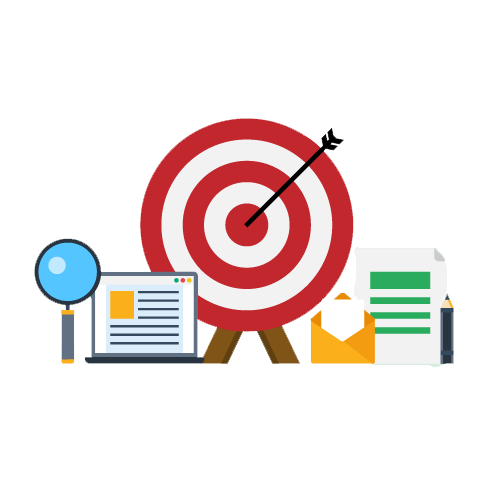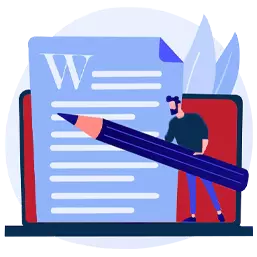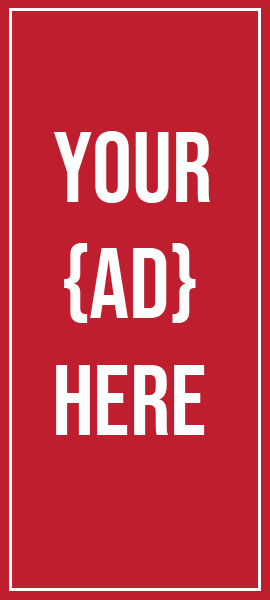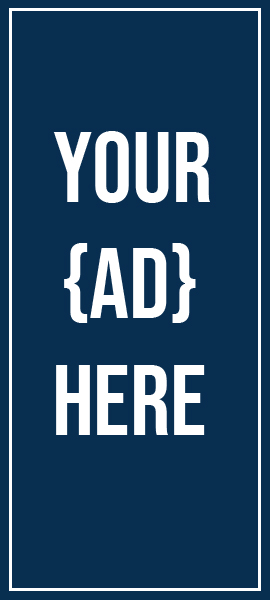
The Writing Process
A writer doesn’t solve problems. He allows them to emerge.
– Friedrich Dürrenmatt
Introduction
An important ability that is required for nearly all careers is the ability to write persuasive proposals. The purpose of a proposal is to win support for your idea by communicating important business signals to the target audience in the most effective way possible. An efficient proposal that is written in a manner that is clear, succinct, and interesting is essential to achieving success since it increases the likelihood that your ideas will be accepted.
Don’t be in a hurry to make the proposal! First, take a seat and design the outline, and only then should you proceed into detail!
To write a convincing proposal, you must get started on the right foot. This lesson will look at how to determine the purpose of the proposal and gather background information.
Identifying Your Purpose and Your Audience
Your proposal should have a single goal in mind. What exactly will the proposal do? Some examples:
- Convince a customer to buy the WidgetMaster 3000
- Convince a customer to hire you to demolish a building
- Outline the meal planning services that your company provides

Then, identify who the audience will be. Some continued examples from above:
- Bill Smith of Smith Construction Inc.
- The business team at Acme Hotels Ltd.
The nutrition team and the business team at a local nursing home
Brief check
When you write your outline later on, you may want to make a note of sections that may have a different audience, such as the executive summary.

Performing a Needs Analysis
A good needs analysis must answer four questions:
- Who are the customers of the proposal?
- What do they want or need?
- What do they currently have as a solution?
- What can we offer?
To start,you should answer the first question. You may want to seek results from stakeholders or other interested parties. (For example, if your senior management team has identified a sales opportunity, they may have some thoughts about possible customers.) Keep an eye out for additional customer opportunities during the needs analysis process.
Next, it is time to gather information about the customers. Stakeholders may be a possible source, as are market research studies, company reports, and organizational biographies. At times, you may be in contact with the customer themselves. Make use of open questions to gather as much information as possible.
During the proposal, keep an eye out for new or changing answers to your needs analysis, and adjust your proposal approach as necessary.
Writing the Goal Statement
Once the needs analysis is complete, it’s time to write the goal statement. This will help you understand what you want to achieve.
First, identify the type of proposal. Throughout this course, we will be focusing on a generic proposal. However, having a more defined type in mind will help you create a more successful proposal. You may choose a type discussed in the previous module (technical, sales, cost, or professional service), or it may be of a different type altogether (such as a non-profit grant proposal).

Next, add in the purpose of your proposal. Finally, bring it all together into the goal statement. This statement typically takes the form: Our <type of proposal> will convince the reader to <desired end result>.
Example
Our technical proposal will convince the customer to upgrade to Snazzy Web Services 2.5.

Tips on Writing
Introduce yourself and your business. You must capture your audience’s attention, establish credibility, divert their attention to your topic, and motivate them to keep reading. Give a brief introduction to yourself and your organisation, as well as the goal of your proposal. Highlight the problem and why it needs to be handled right away. Conduct extensive research and provide facts rather than personal opinions. Make your entire proposal as informative and purposeful as feasible.
Describe the issue.Following the “hook,” you’ll move on to the body of your proposal. This is the place where you should explain everything about your concern. You must explain the nature of the problem and emphasise the urgency with which it must be resolved. Give your audience a clearer picture of how the problem will affect them if it is not resolved.
Make suggestions for solutions.This is the most crucial aspect of your proposal. Your audience has been listening to you since the beginning in anticipation of this moment. The solutions section is where you explain how you will solve the problem, why you will do so, and what the outcomes will be.
In general, drafting a proposal is all about addressing the issue and figuring out how to fix it. Investigate your suggestion thoroughly. The more instances and data you can provide your audience, the more compelling it will be. Avoid personal ideas and instead rely on the work of other researchers.
Brief check
You increase trust by making sure to answer every query with research and facts; and Give no solutions that are not practicable. Demonstrate how your solutions function.
Budget and timetable.To persuade your readers that your proposal is a wise investment, and you want them to believe that you are meticulous and that they can rely on you to solve their problem, you must include detailed and concrete information about your timetable and budget.
It is critical to provide a stage-by-stage timetable. Being as thorough as possible can instill confidence in your readers that you have done your research and will not waste their money.
Most importantly, ensure that your idea is financially sound. Take into account your target audience’s budget. It’s worthless if they can’t afford your proposition. You must think of an alternative strategy to construct a proposal that fits their budget while also maximising the outcome.
Finish with a conclusion.The conclusion of your proposal should correlate with your introduction, concisely summarising the points you wish to convey to your audience. And, as usual, thank them for their time and thoughtfulness.
Practical Application
Sharon called up her customer, Michelle, to discuss the specifics of the solicited sales proposal. Sharon asked, “Michelle, what’s your main reason for shopping around for another program?”
Michelle said, “We were working with Computech, but we experienced too many glitches and crashes with their program.”
Sharon said, “In past years, we had the same problem with our database. Our experts quickly solved those problems, and currently, our clients report very few issues. The issues they do report are quickly fixed.” Sharon asked, “What can we offer your company at this time?”
She kept using open questions with the customer and received the information she needed. Sharon then used the information to present a dynamite sales proposal to Michelle’s company.





